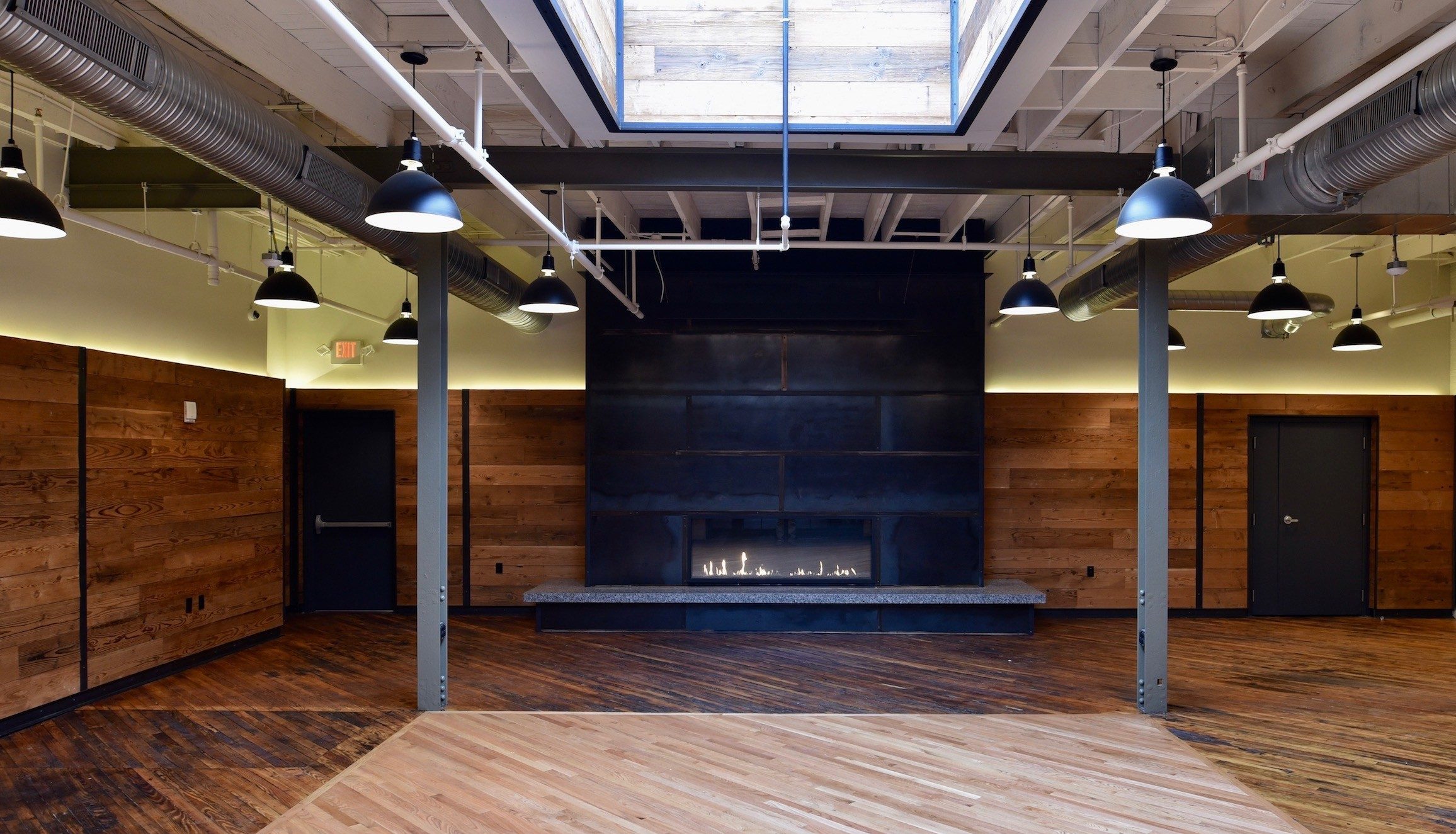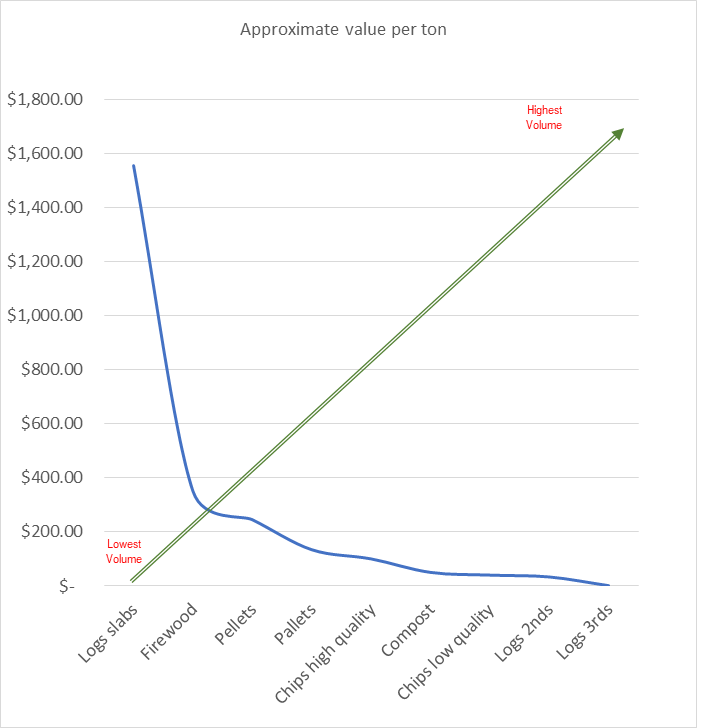Plan your system around your best guess about the kind of wood you’ll be feeding into it. Most likely, you’ll take in a lot of low-quality material, and not so much high-value material.
Volume will determine scale of facilities
Supplies are limited. Depending on what type of entity you are and your scale of operation, a very limited supply chain may work – simply collecting material and taking it to a place where, unlike a landfill, you won’t create additional long-term costs. At a sort yard, as opposed to a landfill, even small quantities of wood can be processed and directed to its best use – creating a revenue stream, instead of filling a dump.
Supplies are ample. If you collect significant amounts of waste from all sources, you’ll find greater opportunities to diversify products, aim for higher revenues and support an urban wood economy that generates economic, environmental and social benefits.

Douglas Fir Paneling Recovered from Abandoned BuildingsBrick and Board sells high-value wood to architects and builders — turning waste into wealth.
Types of materials dictate levels of investment
 Understanding the mix of materials – and who will likely buy what you’re offering – helps determine:
Understanding the mix of materials – and who will likely buy what you’re offering – helps determine:
- how much capital you’ll need to gather;
- the blueprint for organizing your recovery and reuse program;
- what sorting, storage and processing facilities you’ll need;
- whether you can sell enough product to cover your costs; and
- avoid significant costs to your organization, for example hauling and landfill expenses.
Check out the Brick + Board Catalog to see the variety of wood products they’ve recovered from buildings, or diverted from landfills.

